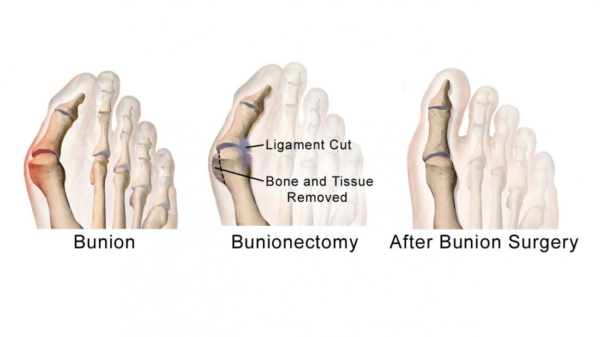Plantar fasciitis is not considered a genetic condition. However, genetic influence on plantar fascia plays a role in increasing susceptibility to developing plantar fasciitis. Factors related to foot structure and foot bio mechanics run in families and increase the risk of developing plantar fasciitis. A family with foot characteristics, such as high arches or flat feet, has a challenge with weight distribution across the foot. These biomechanical factors contribute to the development of plantar fasciitis due to added strain on the plantar fascia.
Inherited foot conditions are just a piece of the puzzle when it comes to plantar fasciitis. Lifestyle factors, such as activity level, footwear choices, and overall foot health practices, also play a significant role in the development of the condition.For example, a family history of foot musculoskeletal issues has a likelihood of developing plantar fasciitis, but this does not mean that the condition is determined by genetics.
The exact causes of plantar fasciitis are not fully known but it is a combination of factors, including biomechanical issues (such as foot structure and gait abnormalities), lifestyle factors (such as physical activity level and footwear choices), and repetitive strain on the plantar fascia (the tissue connecting the heel bone to the toes).
If you are concerned about the risk of developing plantar fasciitis due to a family history of foot problems, focus on maintaining good foot health through proper footwear, maintaining a healthy weight, staying active, and seeking medical attention if you start to experience symptoms of plantar fasciitis.Do not suffer in silence: Request a consultation with our Houston podiatrists at DeNiel Foot & Ankle Center and start feeling better today!
Plantar fasciitis results from inflammation of the plantar fascia, a thick band of tissue that runs along the bottom of the foot and connects the heel bone to the toes.
Factors that contribute to the development of plantar fasciitis:
- Biomechanical Factors:Foot mechanics, such as high arches or flat feet, place extra stress on the plantar fascia, leading to inflammation and pain. Abnormal gait patterns or poor alignment of the feet while walking or running also contribute.
- Overuse or Repetitive Strain: Engaging in activities that involve repetitive impact on the feet, such as running, jumping, or standing for long periods, can lead to microtears in the plantar fascia causing inflammation and pain.
- Improper Footwear: Wearing shoes that lack proper arch support, or cushioning, or do not fit well increases the risk of plantar fasciitis. Shoes with inadequate support strain the plantar fascia and exacerbate the condition.
- Sudden Increase in Physical Activity: Rapidly increasing the intensity, duration, or frequency of physical activities, particularly those that put stress on the feet, can overwhelm the plantar fascia and lead to inflammation.
- Age:It is common in individuals between the ages of 40 and 60. As people age, the plantar fascia tends to lose some of its elasticity and becomes prone to injury.
- Obesity: Excess body weight places additional stress on the feet and the plantar fascia, increasing the risk of inflammation and pain.

